
Discuss Subaru It is talking about boxer engines and great capacities off the asphalt without penalizing good driving on "black" in any way. These last days we have been testing the Subaru Forester, a model that is in its fourth generation and that, moreover, is now available in Spain with a variant already adapted for LPG since we picked it up at the dealer.
This is precisely the version that we have tested in Actualidad Motor. Its commercial name is Subaru Forester 2.0i CVT Eco Bi-Fuel and, as I said, it comes with all the installation of GLP. This gives you the DGT ECO label, which is always a great advantage to access the urban centers of large cities and, of course, to receive some bonuses such as discounts on the annual circulation tax. Let's get to know it in detail.
A somewhat angry and robust look
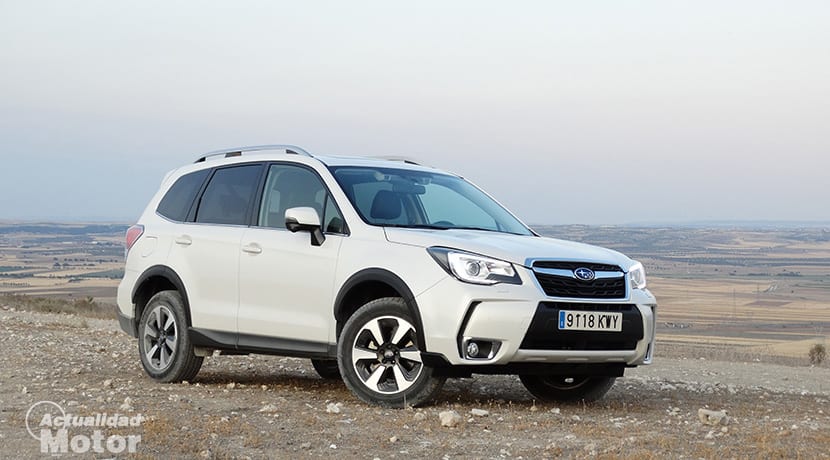
Subaru is a brand that focuses more on functionality than looks. Despite this, the look of this Forester transmits a character strong. This is perceived by the "angry" shape of its headlights, by the central grille and the lower air vent, or by the lines marked next to the fog lights. It is a very Japanese aesthetic, to which we are not fully accustomed in certain European countries, so it may not be liked by all the public. Couldn't miss a few protections at the bottom.
If we see the car sideways we realize that, despite being just an SUV, it does not seem to be afraid to go off the asphalt. And it is that, as you can see, rims do not fit 100% asphalt low profile tires, but uses mixed tires and with enough ball to escape through tracks or somewhat complicated terrain without fear of destroying a tire or the tire itself. On the side the lower protections are more marked than on the front.
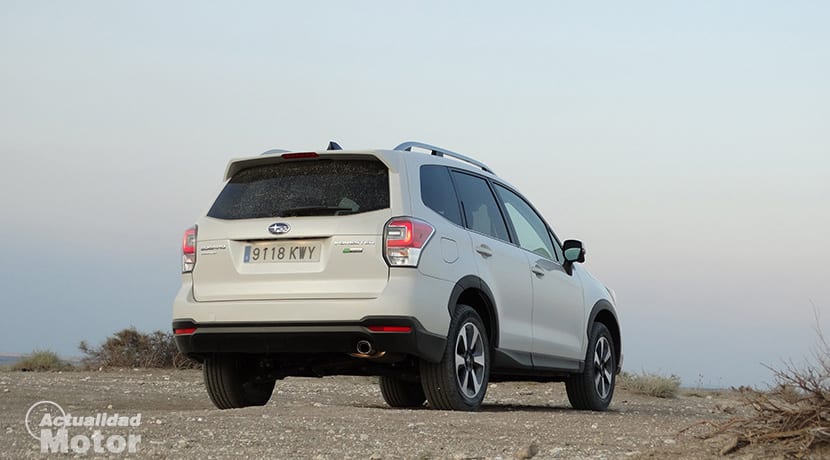
If we go to rear we find an upper spoiler that puts its sporty point to the aesthetics. As you can see, the rear window and the tailgate have a lot of surface, which increases visibility from the inside and also practicality when loading and unloading large and heavy objects. In the lower right corner is a chrome exhaust outlet.
A bit Spartan in its cabin
As on the outside, the interior has a strong. You are not looking for a "fine" or elegant cabin in the area of the dashboard and surroundings; He doesn't want to stand out either. Rather pretend stay in good condition over time, being perhaps a bit spartan in certain respects. In any case, and although it does not seek high quality in its materials with well-padded areas, the visual appearance is good, as are the adjustments between the different pieces that make it up.

Nor does it stand out for a very technological presence, but this does not mean that it has great deficiencies. The instrument cluster is simple and just right, with two analog dials and a small central display for typical trip data. Of course, it would not hurt that said screen was in color.
Regarding infotainment systemalso seems a bit outdated and, on the other hand, it is in a lower position than desired, so we divert our gaze more than we should to consult any information. It's enough, but graphics are not the order of the day and neither is the fluency In the driving. In any case, it must also be borne in mind that it is a car that has been on the market for several years.
In the upper part there is a third screen with some data such as the operation of the traction system or the programming of the adaptive speed control, among others. To its left, on a more compact display, appears the status of the air conditioning system, its temperature, fan speed, etc. The way I see it, it looks a bit weird, because the controls to adjust it are quite a bit further down.
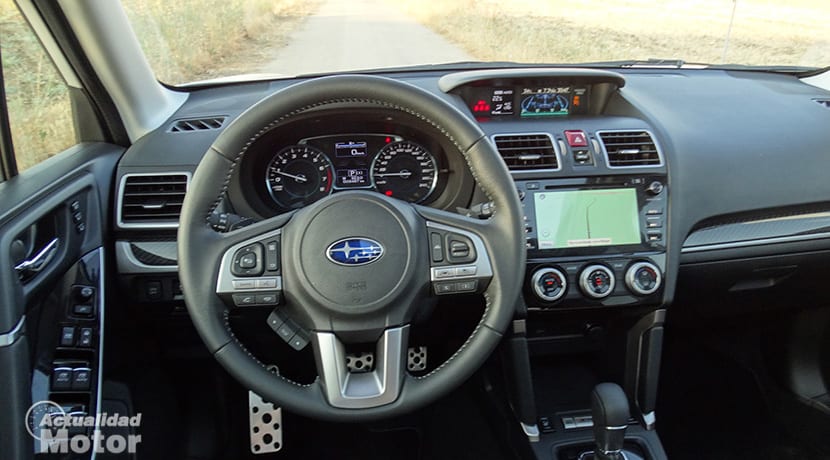
I also wanted to mention that the steering wheel is a bit saturated of buttons. For example, in the right radius there are two buttons (“S” and “I”) that are used to vary the response of the mechanics, being in “S” a little more dynamic and in “I” something softer and more progressive. Was it necessary to put them there? From my point of view, no.
Otherwise, the number of holes to leave objects in the cabin it is quite generous, the vast majority of them being large. Even the ones on the rear doors are a good size.
In the Subaru Forester, five can go
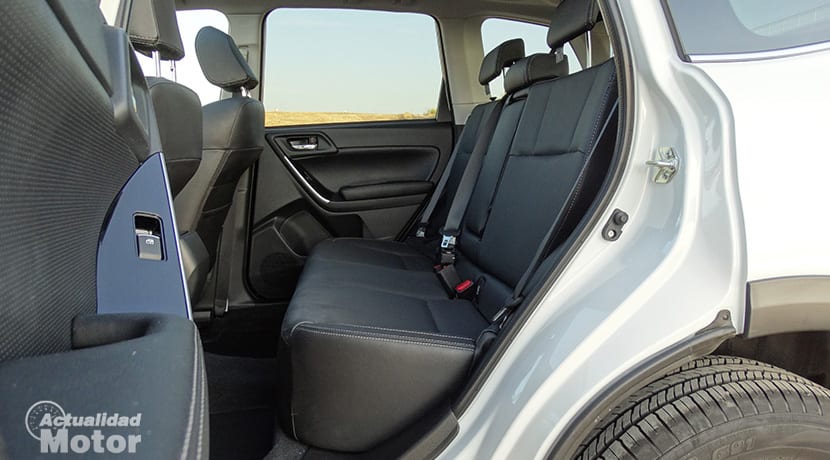
Focusing now on the terms of habitability, few people will have space problems in the front seats. They are quite spacious in every way. The electrical adjustments allow us to easily find a good position behind the wheel, a position that will always be higher than in any sedan or compact.
All the rear seats They are spacious, so much so that with this car we could consider making a trip with five occupants, although logically whoever is in the back row will not be as comfortable as if the central seat were free. The head and leg room is very good. The central seat is more uncomfortable and narrow but, as I said before, it can be used with certain guarantees. Despite being 4×4, the transmission tunnel is not excessively intrusive, although its presence is noticeable.
Subaru Forester LPG trunk
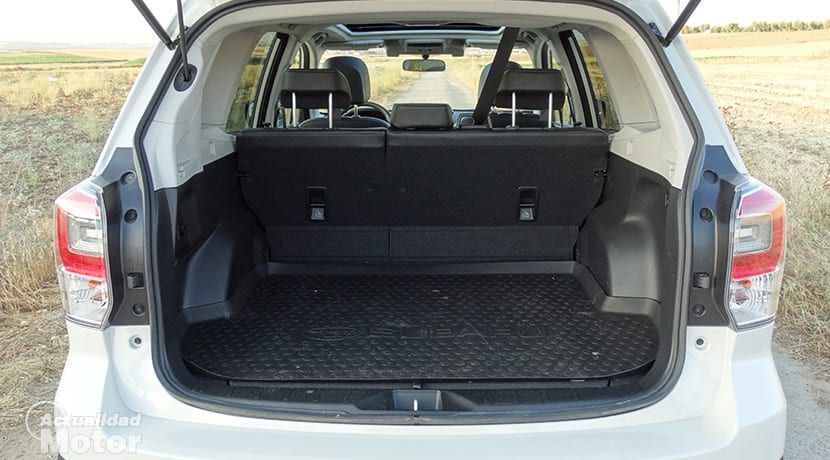
Moving on to the trunk, under its floor is the fuel tank. LPG tank, which has a volume of 58 liters (which becomes 46 net -80%- because the gas is compressed, as the brand has told us). Above the boot lid, the cargo space doesn't lose volume, but below we run out of space; what would be the double bottom. Logically, we also lose the spare wheel and a repair kit is used, something that will be a problem if we regularly leave the asphalt.
Non-LPG versions of the Forester cubic a trunk of 505 liters in total, expandable to 1.564 if we knock down the rear seats. Unfortunately, as it is an adaptation, we do not have the exact data of the Subaru Forester with LPG.
No trace of diesel or manual transmissions
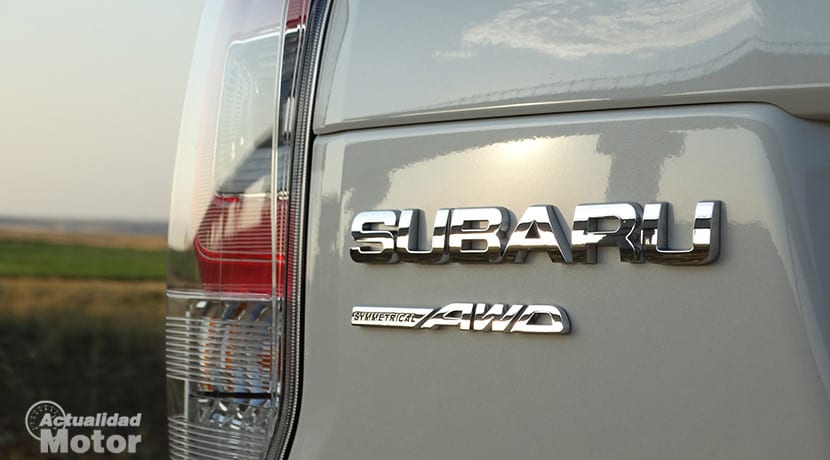
La Subaru Forester mechanical offer It is limited to two engines, always associated with Symmetrical AWD and CVT transmission. On the one hand we have the 2.0i and, on the other, the 2.0 XT Turbo; both are boxer type. The first is the one we have tested and which I will talk about in more depth in the next section. The supercharged mechanics has a maximum power of 241 hp, developing 350 Nm of torque. A hybrid Forester is coming soon.
The Japanese firm has completely ruled out diesel engines and manual gearboxes. They all come with CVT shift, which allows them to have, as standard, the active safety system and driving assistants eyesight.
Performance Subaru Forester 2.0i
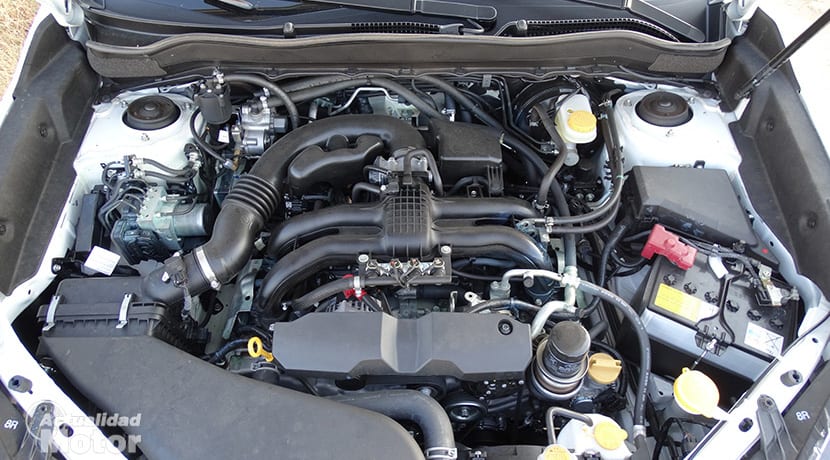
This unit that we tested today has the engine 2.0i adapted to LPG. Like I said, it's a 2-liter boxer. Its maximum power is 150 hp at 6.200 revolutions per minute. It does not have supercharging, it is atmospheric, so its maximum torque is delivered at a high rpm. develop 198 Nm to 4.200 rpm.
According to the new WLTP cycle, the approved consumption is 8,8 l/100 km. It is a high consumption, but normal if we take into account that we have a CVT-type automatic gearbox and the Symmetrical All Wheel Drive permanent all-wheel drive system. Now, let's see how it goes.
At the wheel: Better at a calm pace and without fearing the field

The first thing to note is that the Subaru Forester is a car with a clear orientation towards comfort. It has some soft suspension to make long trips and excursions on bad roads -or directly off the asphalt- bearable. Plus, city bumps filter quite well compared to other SUVs that carry the stiffer suspensions.
In this they also have part of "fault" that the tires have a generous profile for what we are used to, helping to absorb the irregularities that we may find in our path. Many of its rivals are too dry on hard bumps, and low-profile tires are one reason.
Therefore, the Forester it is a quiet car. Of course, you can travel safely and with good sensations for the driver at the maximum legal limits, but it is a car that does not ask you to drive "happy" at any time, much less sporty. The touch of the direction, although it is not bad, is too assisted. If we increase the pace through a zone of curves, the inertia will come to light with pitches and rolls of the body.
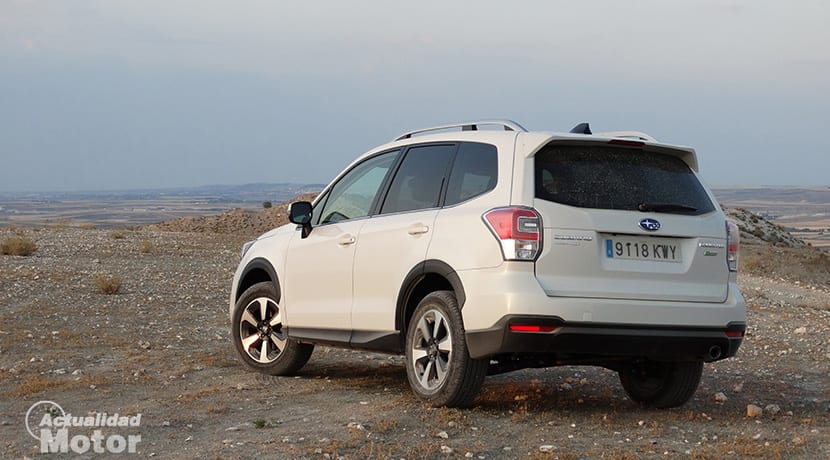
Nor does it invite you to run your engine too much. It is a big car that has to pull the CVT change and the permanent all-wheel drive. To add insult to injury, it's an atmospheric propellant. You will already be getting an idea that it is not very explosive. In the city, he moves the Forester with enough ease, but on the road it stays right, having to anticipate when we are going to overtake or when joining a fast lane.
And since I have cited the city, there have been two things i didn't like. First of all, despite having a reversing camera -with a fairly fair image quality, everything must be said-, does not have parking sensors. Neither front nor rear, and that's the highest trim available with this engine. The second is that it is a bit abrupt when starting the movement from a standstill, having to act very tactfully on the accelerator to avoid jerking or starting abruptly.
You already know that CVT changes are usually very smooth at low speed, but they rev the engine too much when we accelerate hard and on steep slopes, showing a slippage of the system that European drivers usually do not like too much. The sound is unbalanced with the speed gain. In a way, it reminds me of an automatic scooter in that sense.

behind the wheel we have cams, since this transmission simulates gear ratios when we use it in sequential mode. We will take advantage of this especially on mountain passes, both going up to have the engine at a somewhat high speed whenever we want, and going down, since we manage the retention of the engine. In any case, they are very long marches.
The Subaru Forester in offroad
They say the Subaru Forester is one of the SUVs that behave better off the asphalt among the models in its category. We have checked it and the truth is that it has not disappointed at all. It is clear that it is not a real all-terrain vehicle, but the truth is that it surprises how well it goes on dirt roads and slopes. Gives a lot of confidence in that sense.
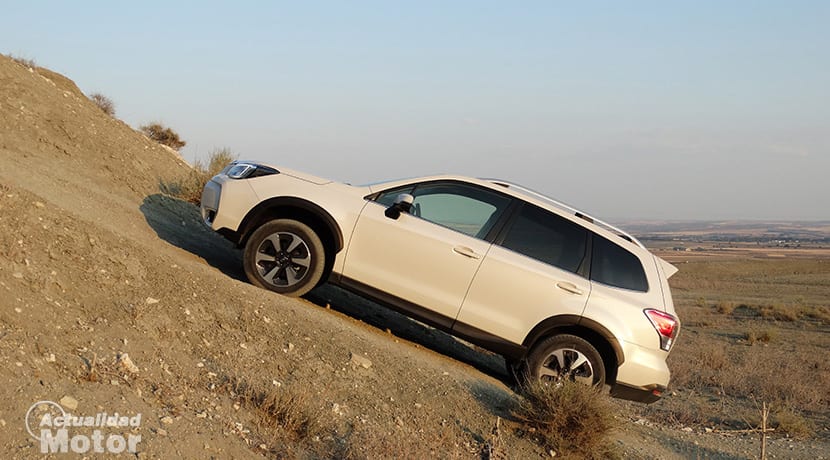
Outside the asphalt, it stands out that, due to its suspension, it "swallows" potholes well and, on the other hand, a wheel is not left hanging in the air so easily either; guaranteeing good motor skills even if we are in slow areas with pronounced potholes.
If the terrain gets complicated we can always activate X-Mode. This system adapts the power delivery of the engine and activates descent control. The motor runs smoother to reduce the chances of the wheels losing grip, which is vital on slippery climbs.
El descent control It allows us to go down a steep slope dealing only with the direction control, the system taking care of maintaining a very low and stabilized speed by retaining the engine and the ABS system.
Let's talk about its particularity for carrying LPG
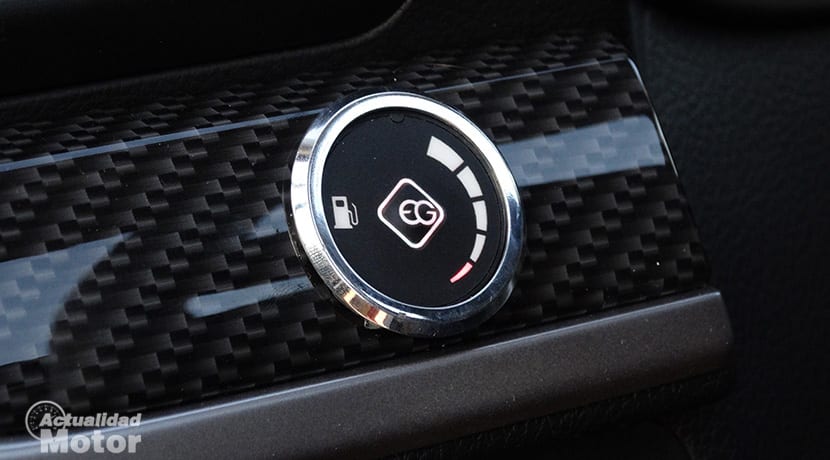
As I said above, this unit comes with full LPG installation. under the trunk floor the spare wheel has been replaced by the tank for this other fuel. If you are going to leave the asphalt a lot, surely you prefer the spare wheel, but installing the LPG tank in the trunk would greatly reduce the load capacity and break the forms. In any case, you can always carry an extra wheel in the trunk in case you suffer a tire mishap when you go to the field.
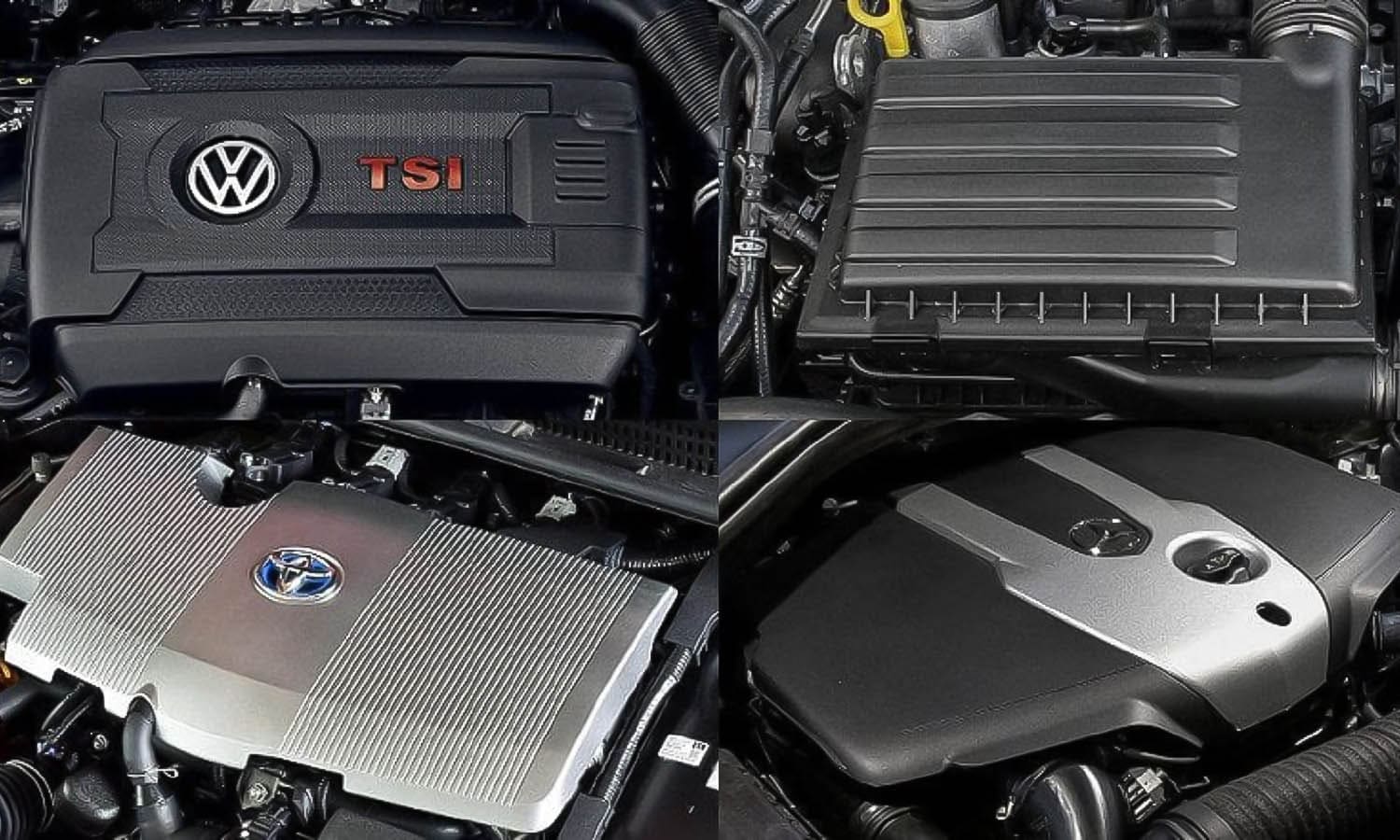
The other detail is that in the central molding of the dashboard, to the left of the steering wheel, there is a button with five lines and the symbol of a spout. serves for activate or deactivate the LPG system at our will, and these lines indicate the level of LPG in the tank. It is enough to press it for approximately three seconds to activate it or, on the contrary, use gasoline.
La Gas tank capacity Liquefied Petroleum -also known as autogas- is 46 net liters. we have traveled almost 350 kilometers until this fuel has been completely used up, driving a bit fast and also going out to the mountains on occasion, where consumption always skyrockets. Making a rule of three we get 13 liters of LPG every 100 km. Bearing in mind that a liter of this fuel is around 0,78 euro cents, the economic cost would have been around €10,15/100 km under those conditions.
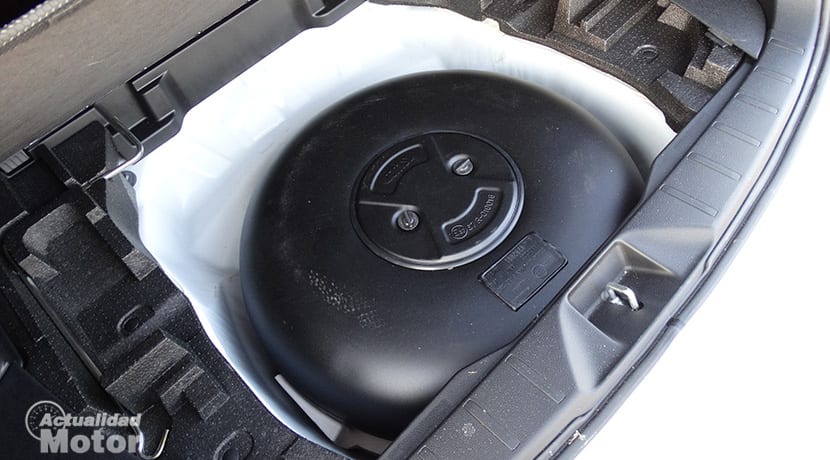
Once the gas is exhausted, we use the gasoline tank and begin to measure consumption. Already driving 100% asphalt and more normal, the trip computer registered an average consumption of 8 liters of gasoline every 100 kilometers journeys, especially making journeys by motorway and flat two-way roads. It is true that this data rises quickly on urban routes or when increasing the pace on the road; being "easy" to exceed 9 liters.
Otherwise, the truth is that I have not perceived differences in performance, sound or refinement of the engine when changing from one fuel to another; that is, the car behaved the same. I'm not sure if there was any slight performance loss when using LPG, but if so, it's unnoticeable.
Conclusions
During this week of tests the Subaru Forester LPG has shown us to be a car spacious and very comfortable. He likes to roll quietly, feeling comfortable at legal speeds. Also that it is easy to drive -although on the road we have to take into account its poor recoveries- and that its off road skills they're better than most SUVs of their size. I do not forget the security system eyesight Standard across the Forester range.

Points negative, from my point of view, are the poor engine response at medium speeds and high revolutions -due to its naturally aspirated engine condition-, as well as the type of gearbox leading. I admit I don't like that slippery feeling CVTs cause at all.
Furthermore, the fuel consumption is high, but if we are going to use this car on a daily basis we can opt for this LPG version. It has a surcharge of $1.750 when purchasing this vehicle, but if we cover many kilometers it will not take long to amortize them because the difference in fuel prices is notable -between 40 and 50% cheaper than gasoline-. It is also true that there are more and more gas stations where you can refuel this fuel.
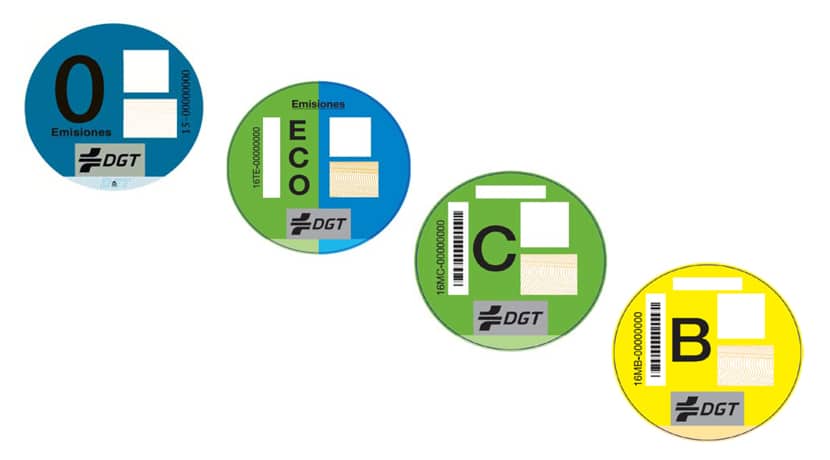
Nor should we forget that, being LPG, we have right to the Eco sticker of the DGT; something very important, especially in large cities, since it offers many advantages to enter certain urban centers, discounts on parking lots and rebates on the annual circulation tax. Let's see the equipment and prices of the Subaru Forester.
Subaru Forester equipment

Sport
- Electric mirrors with built-in indicators and heating
- Headlight washer
- Front fog lights
- LED taillights
- 17-inch wheels
- roof rails
- Rear spoiler
- shark fin antenna
- Leather steering wheel and gear lever
- Seats of fabric
- Heated front seats
- Folding and reclining rear seats
- Console and center tray
- 3 12-volt outlets
- Hooks to hang luggage
- retractable trunk cover
- Dual zone air conditioning
- rear air vents
- Subaru Strarlink infotainment with 6 speakers and 7-inch screen
- voice recognition system
- Syrian Eyes Free
- Multifunction steering wheel
- Bluetooth hands-free
- Four USB ports
- Reversing camera
- 4,3-inch LCD screen in the instrument cluster
- Paddles on the steering wheel
- Adaptive cruise control
- SI-Drive (Subaru Intelligent Drive)
- X mode
- eyesight
- Front, side, curtain and knee airbags
- ISOFIX anchors
Sport Plus (adds)
- auto power lights
- SRH adaptive headlights
- automatic sunroof
- Rain Sensor
Executive (add)
- darkened glasses
- leather seats
- Holding the electrical conductor with memory
- Hands-free entry and start
- Automatic tailgate
- Subaru Starlink system with navigation
- Rear Vehicle Detection
- side view monitor
Executive Plus (adds)
- Mirrors with LED indicators
- 18-inch aluminum wheels
- LED headlights
- aluminum pedals
- descent control
Subaru Forester Prices
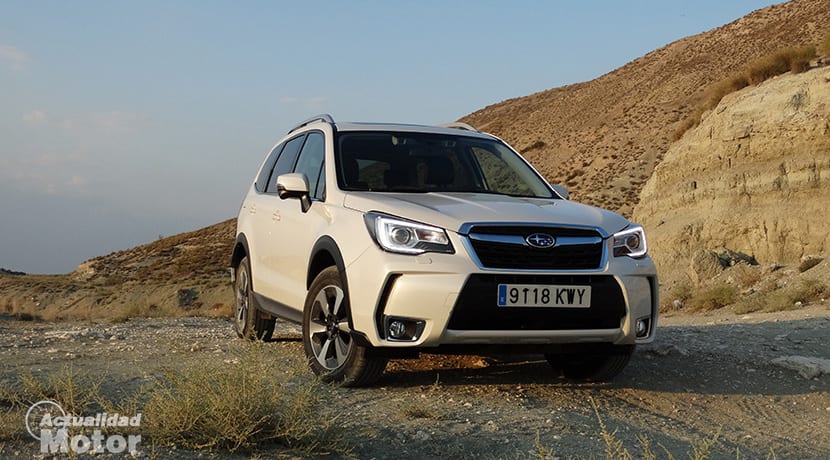
| Motor | Fuel | Transfer | Traction | Finish | Price |
|---|---|---|---|---|---|
| Motor | Fuel | Transfer | Traction | Finish | Price |
| 2.0i 150 hp | Petrol | linear Tronic | Symmetrical AWD | Sport | 25.400 € |
| 2.0i 150 hp | Petrol | linear Tronic | Symmetrical AWD | SportsPlus | 28.450 € |
| 2.0i 150 hp | Petrol | linear Tronic | Symmetrical AWD | Executive | 31.150 € |
| 2.0 XT Turbo 241 hp | Petrol | linear Tronic | Symmetrical AWD | ExecutivePlus | 38.350 € |
| 2.0i 150 hp | Gasoline + LPG | linear Tronic | Symmetrical AWD | Sport | 27.150 € |
| 2.0i 150 hp | Gasoline + LPG | linear Tronic | Symmetrical AWD | SportsPlus | 30.200 € |
| 2.0i 150 hp | Gasoline + LPG | linear Tronic | Symmetrical AWD | Executive | 32.900 € |
| 2.0iHybrid | Gasoline and electric | linear Tronic | Symmetrical AWD | SportsPlus | 32.450 € |
| 2.0iHybrid | Gasoline and electric | linear Tronic | Symmetrical AWD | Executive | 35.150 € |
| 2.0iHybrid | Gasoline and electric | linear Tronic | Symmetrical AWD | ExecutivePlus | 36.650 € |
Editor's opinion
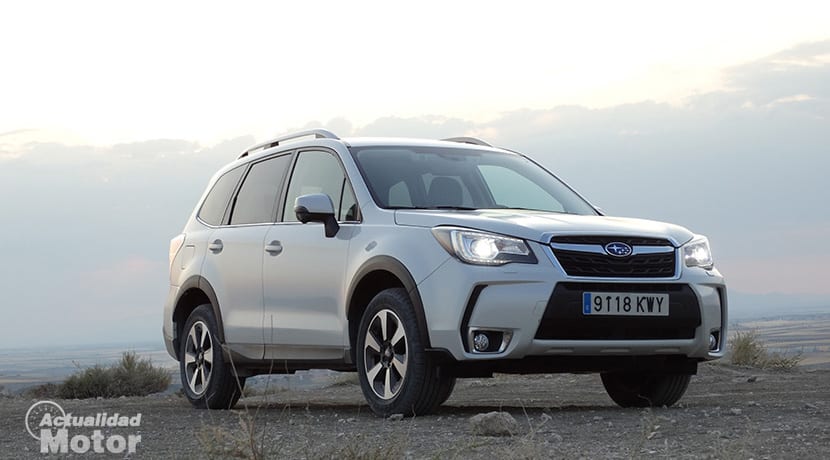
- Editor's rating
- 4 star rating
- Excellent
- Subaru Forester 2.0i Eco Bi-Fuel LPG 150 HP AWD
- Review of: Diego Avila
- Posted on:
- Last modification:
- Exterior design
- interior design
- front seats
- rear seats
- Trunk
- Spring Suspension
- Consumption
- Comfort
- Price
Pros
- Standard security systems
- Behavior off the asphalt
- LPG system autonomy
Cons
- Somewhat abrupt response when starting the march
- CVT type gearbox
- Somewhat Spartan interior design and infotainment

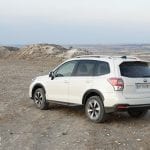






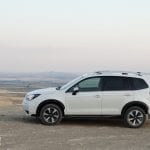
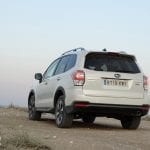
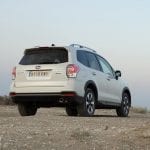


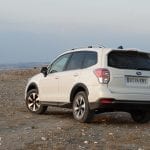









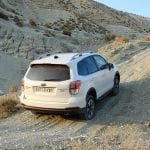
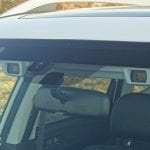
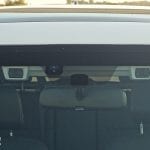
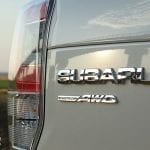
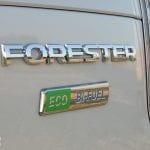
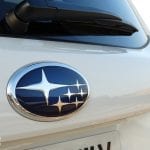

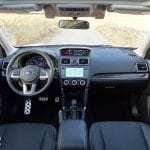
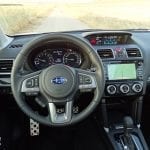

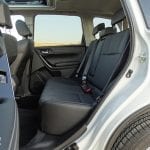

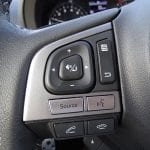
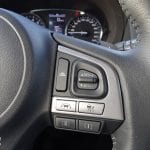

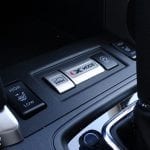

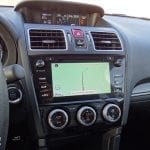
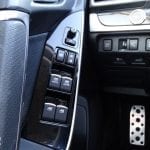

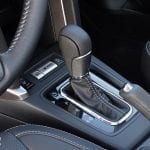
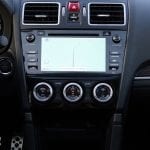

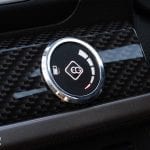
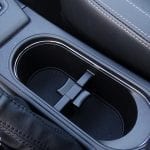
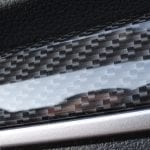
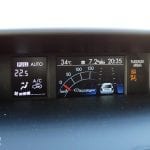

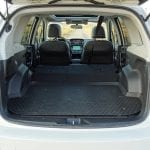
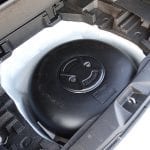
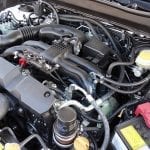
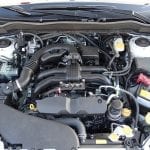
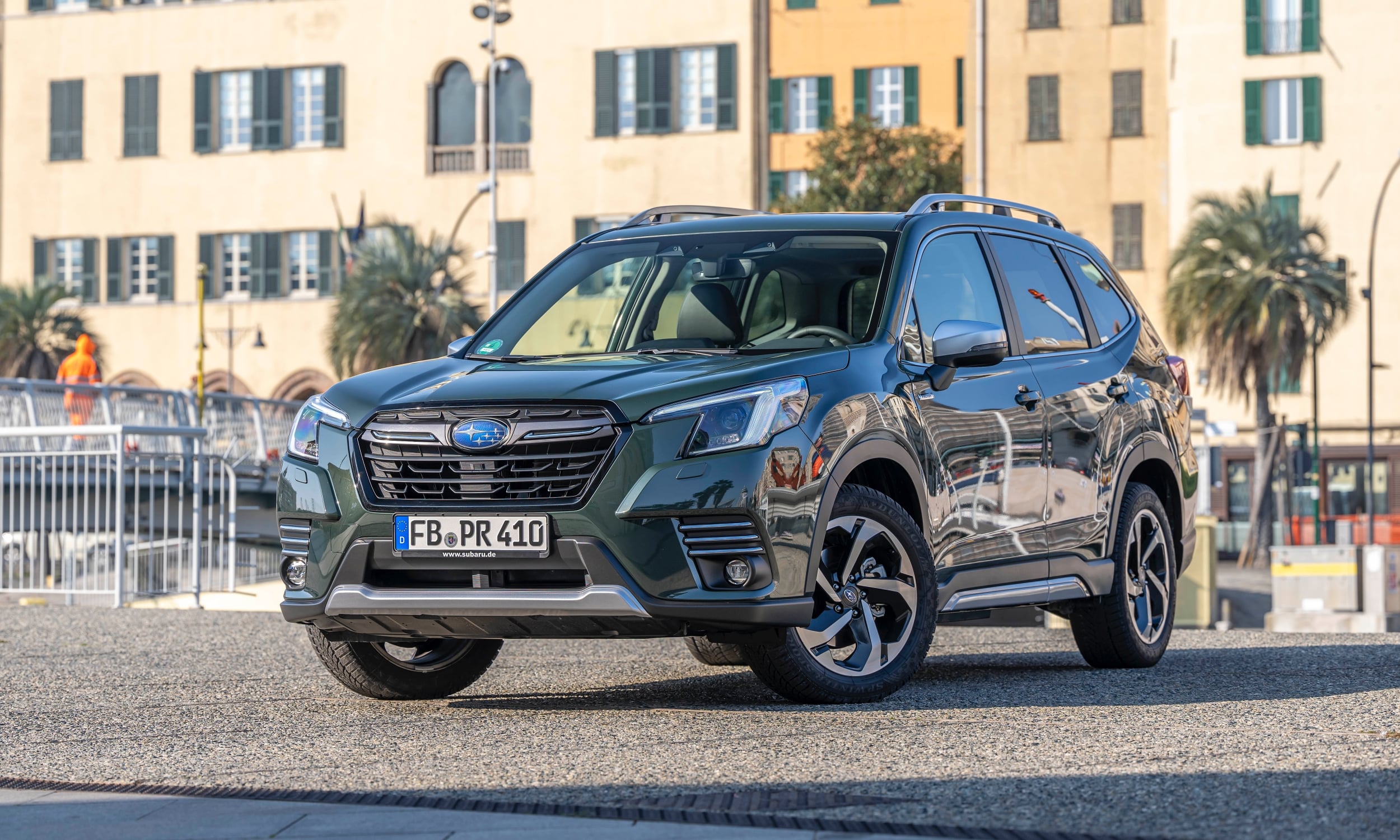
Good, the truth is that those of you who dedicate yourselves in these pages to commenting on the vehicles that are coming onto the market, no one understands you, at least I have read many articles about this specific model and you have a tremendous disparity, some that The main thing about this subaru is its technology, especially with regard to safety, you are very rude in this section, etc… you confuse the reader of your comments if you want to decide to buy one or another model, I know that for tastes colors, but for what one is black for another it is white and that is what I do not understand. Without animosity, I believe that your personal preferences prevail over your professional ones. All the best